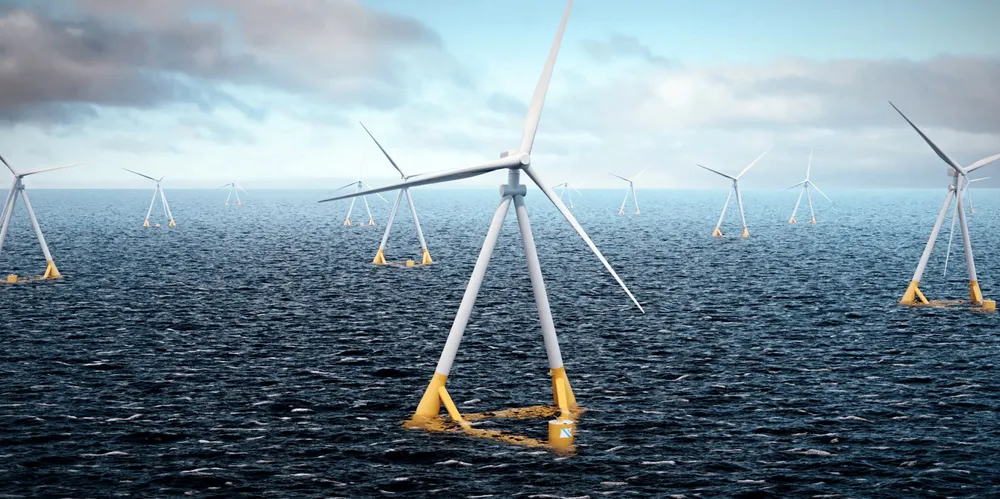'Collaboration a necessity' | Fred Olsen 1848 taps Ramboll to fast-track floating wind pioneer
Norwegian 'innovation company' brings in Danish offshore engineer to speed development of novel Brunel design with eye on tailoring for first projects next year

Norway’s Fred Olsen 1848 has hired Danish engineers Ramboll to fast-track the design of its next-generation Brunel floating wind concept, with an eye on tailoring the steel semisubmersible for first projects from next year.
Under the deal with the Oslo-based ‘innovation company’, Ramboll will serve as an independent consultant engineer, preparing preliminary input data for the final design, “which will speed the process for site-specific certification and implementation” when the concept moves into project-specific work.
“The floating wind industry is evolving at a high pace, and to realise its potential strong collaborations between industry players is a necessity,” said Esben Strandgaard Kyndesen, Fred Olsen’s chief commercial officer.
“Ramboll’s solid track record in combination with the planned model testing at {Norwegian R&D base] Sintef Ocean will mature Brunel in the pace needed and provide bankability of the industrialised technology.”
Fred Olsen 1848 senior development engineer Andreas Buvarp Aardal said the two companies matched up well due to their “strong [shared] engineering heritage”, adding he felt the Brunel design had “ a unique advantage when it comes to modularity and flexibility in the supply chain”.
Denis Matha, global head of floating wind at Ramboll added: “As one of the few truly independent consultants in the floating wind industry we work towards a sustainable future and are thus very pleased to support the next design phase of the Brunel floating foundation and apply our engineering know-how and expertise in this exciting project.”
Rambol is slated to finish its work, which will be carried out according to DNV’s certification scheme for floating wind turbines, in the “first half of 2024, for Brunel to enter project specific design thereafter”.